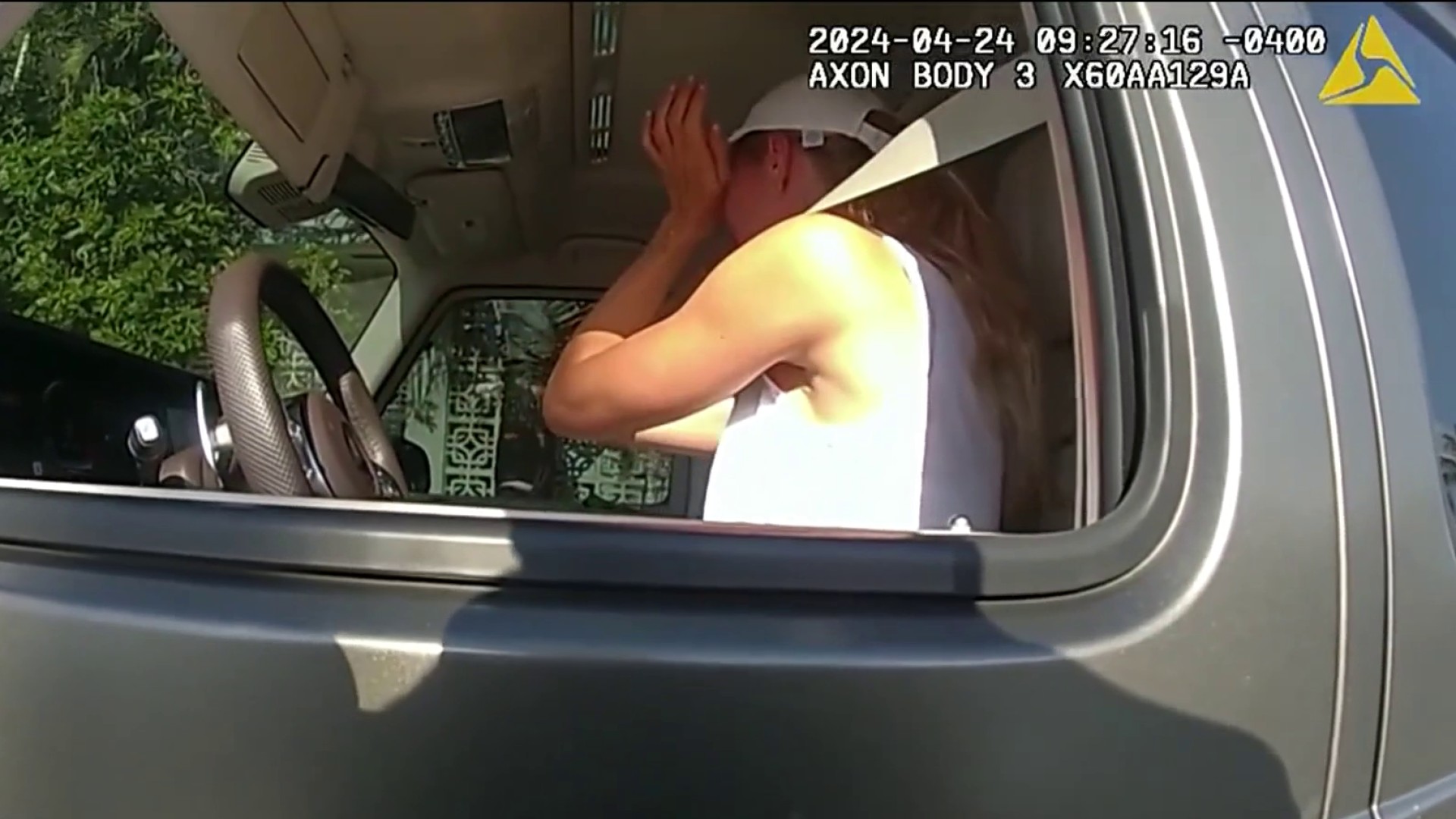Phillip Blackstone of Homestead has a disorder that used to be called Vikings Disease. It affects one of the body parts we use most often.
“It’s just like a restriction on my hand and my fingers that you can’t straighten them. I mean you can put it on the table and take a hammer to it and it will not flatten out,” said Blackstone.
The genetic disorder know as Dupuytren’s Contracture usually affects the ring finger and pinky. Over time they curl down toward the palm and stiffen.
“So you produce the excessive tissue and excessive collagen and that leads to the cords that you see. Then as those cords start pulling and contracting it starts contracting the fingers down,” said Dr. David Friedman. He is the head of hand surgery at Cleveland Clinic Florida.
Local
Dupuytren’s occurs in about 5 percent of the general population, but in 20 to 30 percent of people of northern European descent. It’s 10 times more prevalent in men than women.
Blackstone has had surgery twice in his left hand and now it’s affecting the right.
“I remember it as being a long painful process for it to recover so that made me really hesitant and reluctant to have surgery done on my right hand especially since I’m right handed,” said Blackstone.
Friedman is offering an alternative that comes in a little bottle and was FDA approved in February 2010.
“What it is, is a very powerful agent that dissolves the collagen cord so that the abnormal tissue that’s grown, the collegenase starts absorbing it, resorbing it and destroying it very effectively. So it’s a very powerful enzyme,” said Friedman.
It’s injected into the affected area of the hand, then the patient goes home for 24 hours.
The next day an anesthetic block is used to numb the hand so Friedman can manipulate and stretch the finger to help tear the cords weakened by the enzyme.
You can actually hear a snapping sound, like a knuckle cracking.
Among the patients being treated was Richard Duchinsky, who had his right hand injected six weeks ago. The infers on that hand looked flat and straight.
After the stretching, patients wear a splint for a few days. No therapy needed.
The chances of the contracture coming back are about 30 percent three years after the injections.



